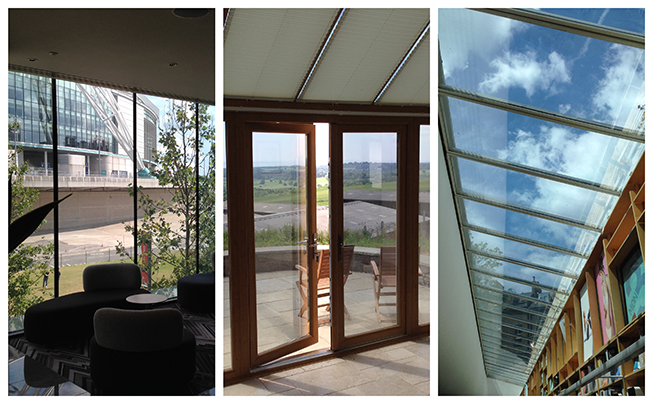Coating films are a fantastic way to protect your windows from harmful UV rays and dust. These films create an invisible barrier between your indoor and outdoor environment. This helps to keep the dust, dirt and moisture that can cause mildew, mold and bugs out of your home. Coating films are a great option for anyone who wants to improve the appearance of their windows or exterior doors without adding a whole lot of maintenance. Coating films aren’t as maintenance-heavy as common window treatments like blinds or drapes. They’re also a lot less expensive than other window treatments like privacy shades, which is why they’re so popular with homeowners who have smaller budgets but still want to bring some style and light into their homes.
What is a coating film?
Coating films are transparent films that you apply over windows to provide privacy, enhance the look of your home, and protect your rooms from harmful UV rays. They are one of the most popular types of window treatment. These films come in a variety of styles, colors and textures. Some coating films are roll-able, which allows you to adjust the amount of light entering your home. Coating films are also referred to as privacy films, window film, and window tinting.
Types of coating films
– Clear – These films let light in while providing privacy. They usually have a semi-translucent appearance. – Crystal – These films are translucent with a crystal-clear appearance. They are ideal for rooms that receive a lot of natural light. – Ultraviolet (UV) Protection – These films block 99% of UV rays, which are the harmful rays that cause premature aging and cancer. They also help block 99% of harmful infrared rays, which can negatively impact indoor air quality. – High-Performance – These films have a high-performance coating that increases heat rejection and helps to reduce air conditioning costs. – Low-E – Low-e coatings help to reduce glare and increase privacy by blocking more than just the UV rays that cause cancer.
Benefits of coating films
– Blocks 99% of harmful UV rays – This is the main reason why people choose coating films. They’re meant to protect your home and furniture from the harmful effects of sunlight, including fading fabric colors, fading wood finishes and fading of photographs. – Weather, scrath & water-resistant – coating films can handle a lot of wear and tear from harsh weather, including rain, snow, freezing temperatures and strong winds. They can also handle heavy dust and dirt, which is why they’re such a popular choice in areas with active construction. – Easy maintenance – Aside from looking great, coating films are a lot less maintenance-intensive than other window treatments, like drapes and blinds. This means you can enjoy the privacy and light filtering benefits of coating films without investing a lot of time and effort.
How coating films work
Coating films are applied to the window substrate, or the surface of the window, by a professional installer. Once the coating is in place, the film becomes transparent. Coating films are made from polyvinyl chloride (PVC) or polyester. They are highly durable, moisture- and scratch-resistant and resist yellowing from the sun’s harmful rays. Coating films block 99% of UV rays, which keeps furniture and other surfaces looking newer for longer. They also help to keep the warm indoor air inside your home from escaping through your windows, which can save you money on air conditioning costs.
How to choose the right coating film for your home
The main thing to keep in mind when choosing a coating film is what it will be used for. If you want to provide privacy from the outside world, then you’ll want to choose a clear coating film that lets light in, but lets people on the inside see through it. If you want to block out some of the harmful UV rays, then you’ll need a coating film that has a UV protection rating. You should also pay attention to the cost and application requirements of the coating film you’re considering. For example, some coating films are meant to be applied over an existing window while others are designed to be used on new windows. You may also want to check the thickness of the coating film you’re considering. Coating films with a lower thickness may be better for new windows, but not for existing windows.
Disadvantages of coating films
Coating films are one of the best ways to block harmful UV rays from entering your home, but they aren’t perfect. First of all, if you aren’t careful when applying the coating film, you can accidentally block out too much light or heat. This can result in uneven heating or cooling in your home. Second, coating films are designed to be used with windows. If you don’t have windows, you won’t be able to use them.
Conclusion
Coating films are a great way to protect your windows from harmful UV rays and dust. These films create an invisible barrier between your indoor and outdoor environment, keeping the dust, dirt, and moisture out of your home. Coating films are also less maintenance-intensive than other window treatments, like drapes or blinds. They’re also a lot less expensive than other window treatments like shades, which is why they’re so popular with homeowners who have smaller budgets but still want to bring some style and light into their homes.


